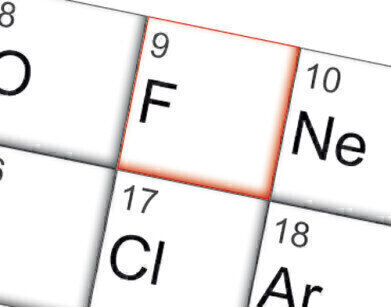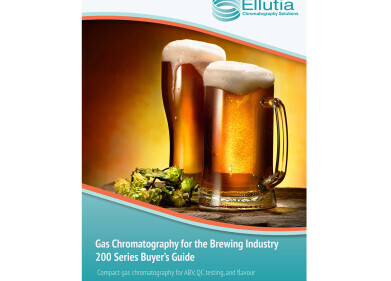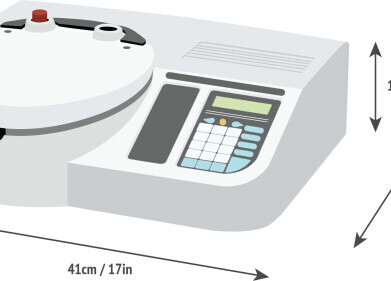Chromatography
New method - Fluorine Detection in Drinking Water Using HR-CS AAS
Jan 13 2011
Drinking water is the number 1 food and thus subject to a particularly intensive control. The detection methods of fluorine as nonmetal are restricted in certain ways. Using the High-Resolution Continuum Source AAS now a simple, fast & robust method for the detection of fluorine is achieved. Read the Full article HERE.
Due to its high electro negativity the element fluorine is the most reactive non-metal and thus does not occur in elementary, but only in combined form. Fluorine is the most widespread halogen. Its share in the earth’s
crust is approx. 0.08%. It occurs in large quantities in apatite Ca5(PO4)3(OH,F) and in fluorite CaF2 as well as in the almost exhausted cryolite Na3AlF6 [1]. It is therefore no surprise that fluoride is also found in almost all water bodies - although the fluoride concentration can differ greatly by water type and the geogenic conditions. Seawater contains more than 1mg/L fluoride, rivers and lakes approx. 0.05 - 0.5mg/L, whereas in ground water values above 0.5mg/L are relatively rare. However, in deepwater, especially in sources from hydrothermal deposits, significantly higher fluoride content can also be found, e.g. in geysers more than 20mg/L. Mainly responsible
for the fluoride content are the pH value, temperature, solubility conditions and geological preconditions [2, 3].
There are two sides to the effects of fluoride on human health. On the one hand it is essential for the human organism, because the fluoride ingested with food is a condition for the mineralisation of the apatite in bones and teeth. In this respect a corresponding fluoride content in the drinking water as the most important food is also of great importance with regard to an adequate caries prophylaxis. On the other hand too high a daily absorption of fluoride in all the ingested food can have fatal consequences. Tooth and bone fluorosis result if the daily total fluorine absorption exceeds approximately 20mg F/day [4].
The control of the fluoride concentration in our foodstuffs is therefore of major importance. Drinking water is the number 1 food and thus subject to a particularly intensive control. Fluoride has been categorised as a substance causing health disorders after a given concentration. The limit defined for fluoride in the drinking water regulations is 1.5mg/L [5].
MEASURING METHODS FOR FLUORIDE DETECTION
The detection of fluorine as non-metal has been sufficiently described in the literature. The methods range from classical gravimetry and volumetry to photometry and electrochemical titration. The methods for detecting the fluoride concentration in water dominating today are the ion chromatography (IC) [6] and the use of ion-selective electrodes (ISE) [7]. Both detection methods have in common that they only respond to ionic dissolved fluoride. Organic or covalent combined fluorine is not detected, so that these detection methods can only be used for purely water-based matrixes.
Digital Edition
Lab Asia Dec 2025
December 2025
Chromatography Articles- Cutting-edge sample preparation tools help laboratories to stay ahead of the curveMass Spectrometry & Spectroscopy Articles- Unlocking the complexity of metabolomics: Pushi...
View all digital editions
Events
Jan 21 2026 Tokyo, Japan
Jan 28 2026 Tokyo, Japan
Jan 29 2026 New Delhi, India
Feb 07 2026 Boston, MA, USA
Asia Pharma Expo/Asia Lab Expo
Feb 12 2026 Dhaka, Bangladesh



















